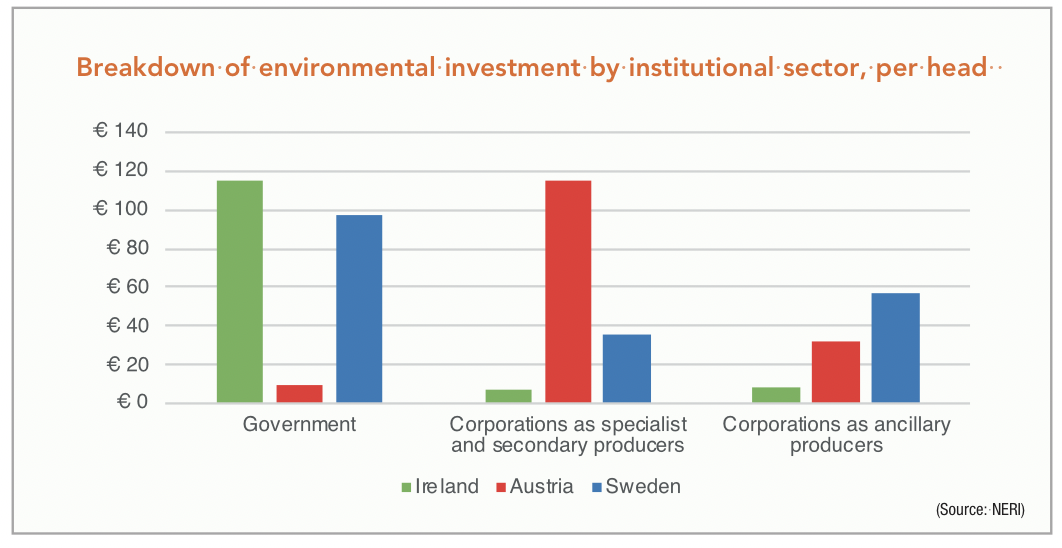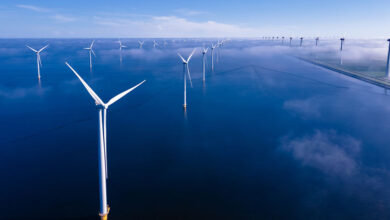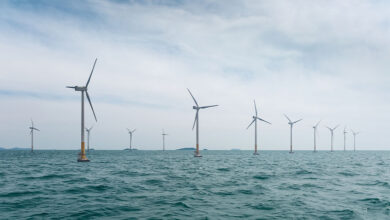State subsidising environmental spending

Despite vastly increased environmental ambitions, environmental investment from the private sector remains minimal in Ireland when compared with the private sector outlay of two other EU member states, a report from the Nevin Economic Research Institute (NERI) has found.
The study, published in January 2023, analyses spending in three EU member states between 2010 and 2019. These member states are Ireland, Austria, and Sweden. The data adjusts figures for all three member states to take inflation into account.
Spending on environmental investment by the Irish Government declined throughout the 2010s, with only 2019 seeing spending restored to 2010 levels.
In contrast, the report finds that successive Swedish governments have increasingly invested to tackle climate change, as reflected by the increase in environmental protection funding between 2010 and 2019 which took place – an increase from €1 billion per annum to in the region of €1.9 billion in 2019.
Over the same period, successive governments in Austria have overseen a decrease in environmental protection funding from €1 billion in 2010, to a figure of around €950 million in 2019.
Per head of population, spending in Ireland was “significantly lower” than the spending levels in Sweden and Austria. The report, however, states that “this was explained by the relative lack of corporate investment spend to either produce for market or own use, as governmental expenditure exceeded Swedish and Austrian spending in real terms”.
Lower private sector investment
The Irish Government spent a significantly higher amount on environmental spending than the governments of Austria and Sweden in 2019, the report outlines.
The Irish Government spent in the region of €115 per head on environmental investment, compared with €97 per head from the Swedish government, and a comparatively miniscule €10 per head in public spending from the government of Austria.
Outlay from corporations, however, is minimal in Ireland when compared with the private sector outlay which took place in Austria and Sweden in 2019, with the two classifications of private sector funding having accounted for only €15 of investment per head in 2019.
The data shows that Ireland’s funding, though low in aggregate, is dominated by investment from general government, which made up nearly 89 per cent of the overall spend in 2019.

The report states: “Austria and Sweden show more significant levels of corporate investment in environmental services. In Austria’s case, corporate investment spending (and spending overall) is dominated by investment from primary and secondary producers, which made up nearly three quarters of the aggregate total at approximately €115 [purchasing power parity] PPP per capita in 2019.
“Spending in this category made up just under one-fifth of Swedish spending at €35 PPP, while in Ireland it was just over a twentieth of investment spending at under €7. Sweden was the most significant ancillary investment spender in absolute and proportionate terms, at approximately €57 PPP or 30 per cent of overall spending.
“Austrian firms invested about €32 PPP per person in the state on the production of environmental protection for their own use, or one-fifth of their total, while Irish firms spent €8 per head; just over 6 per cent of total spending.”
Overall findings
Concluding, the report explains that “adjusted for price levels per person, Irish spending was lowest, though this was explained by comparatively low levels of corporate spend since government spending was highest in the comparator group”.
It further states: “Sweden was the best performer in terms of trend growth – nearly doubling between 2010 and 2019 – and the real value of investment per person at purchasing power parity. Irish and Austrian data show significant declines with 2019 data only meeting or approaching 2010 levels.”
The overarching conclusion from this report is that the Irish private sector is not, as of 2019, making the necessary environmental investment to bring Ireland into line with its European counterparts, with a much higher cost burden falling onto the Irish Government than those of its fellow EU member states.





